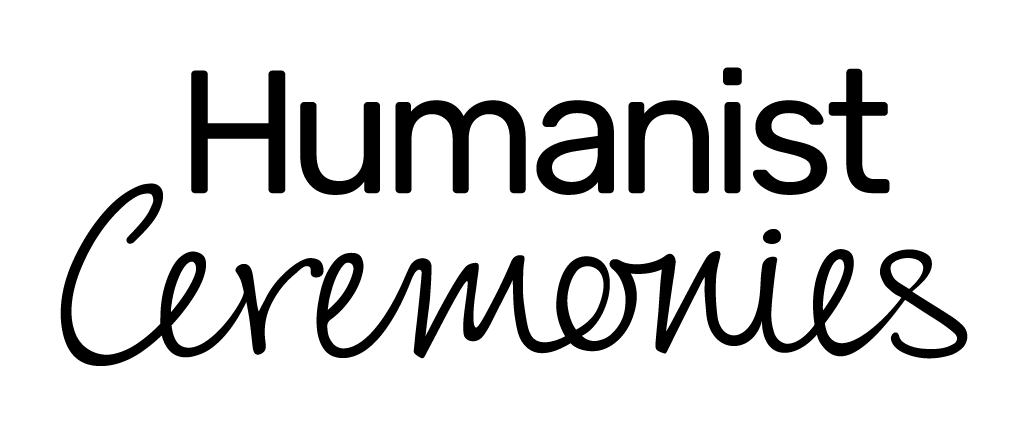The Ceremony

“Debbie did a remarkable job, both in helping me design the ceremony and on the occasion. Several family and friends commented on her sensitivity and care in delivery.”
The Content of the Ceremony
Typically, the structure of a crematorium ceremony is as follows, but this is not set in stone:
- The entrance of the mourners, usually to music.
- The entrance and placement of the coffin – when the coffin bearers have withdrawn, we can fade the music out or listen to it in its entirety if timing allows.
- Words of welcome and introduction from me – here, I will explain the non-religious nature of the ceremony and the reasons for this. I will say a few words on life and death, in keeping with the Humanist outlook and which can be ethereal in tone, if you wish.
- The tribute – this usually takes up the most part of the ceremony.
- The reflection – following the tribute, there is, usually, a short period of reflection to allow mourners time to remember the deceased and, if they wish, say a private prayer. I will say a few words and introduce the piece of music chosen for this part of the ceremony. The reflection often ends with a few moments of silence.
- The committal – this follows the reflection and is the most difficult part of the ceremony as it is where we say goodbye to the body of the deceased. This can be marked with words from me, with silence, or it can be incorporated into the reflection music. There is no set way in which it has to be done, it is entirely up to you. This is when the curtains will be drawn around the coffin although, they do not have to be; it is your choice. We will discuss your wishes at the family meeting with respect to the symbolism and emotional impact of this, important, part of a funeral.
- Closing words and exit – I will finish the ceremony with words designed to comfort and bring together those present. If you have any announcements you would like me to make, I will include them here, before introducing the final piece of music. After a minute, or so, of time to listen, either I, or the funeral director, will ask you if you would like to leave or stay to hear the piece in full, if there is time to do so. The exit doors will be opened and the chief mourners will leave the room, followed by the rest of those in attendance.
“Debbie listened. She made our conversations the basis for my husband’s funeral. She spoke eloquently and with feeling. She communicated and liaised well with me, throughout, to develop the ceremony into how I and my son wanted it to be.”
Crematoriums are very strict regarding the time allotted to your ceremony and we must stick to it. However, burials do not, generally, have the same time constraints and may benefit from a different structure depending on the burial ground. For example, my local green burial site, in Olney, is very beautiful but it does not have a specific place to hold a ceremony and there is no seating and no public loo. One ceremony I held there began with a short burial ceremony after which everyone went to local pub for a buffet lunch and a chat. When lunch was over and everyone had caught up, we held a celebration of the deceased’s life with planned contributions and readings. Then we threw open the floor and enjoyed the sharing of ad hoc memories. It was a wonderful, and beautifully intimate, funeral ceremony.

